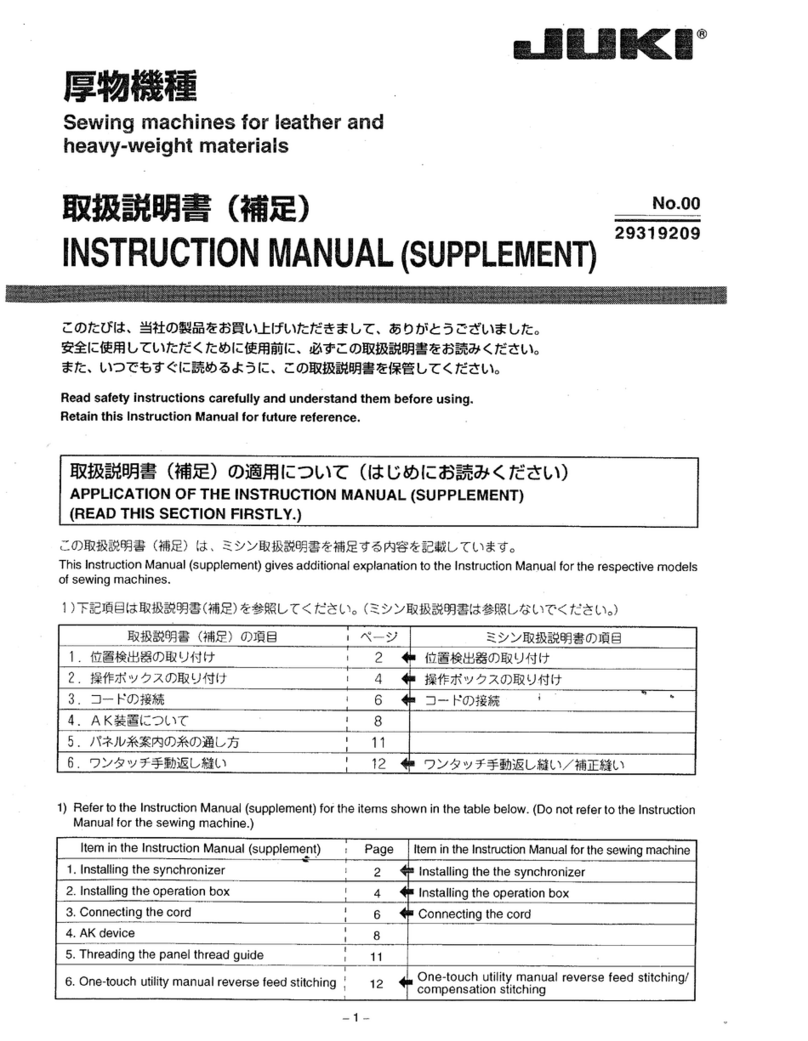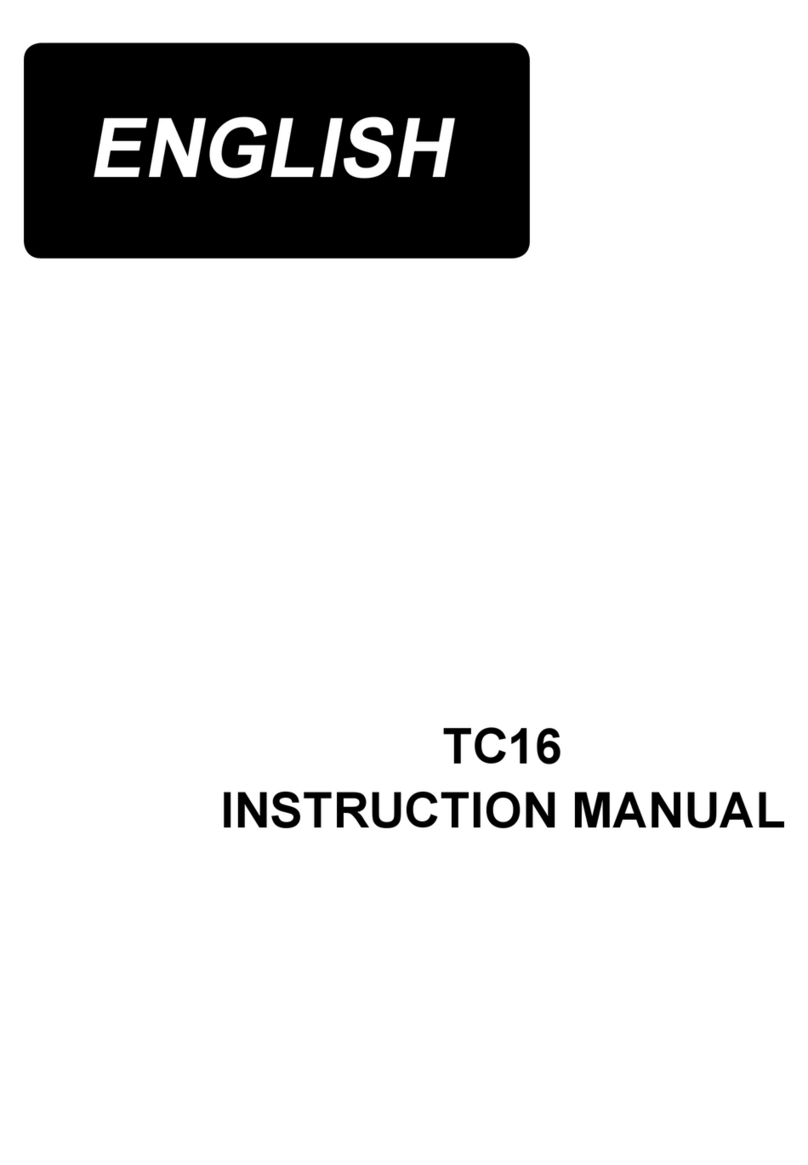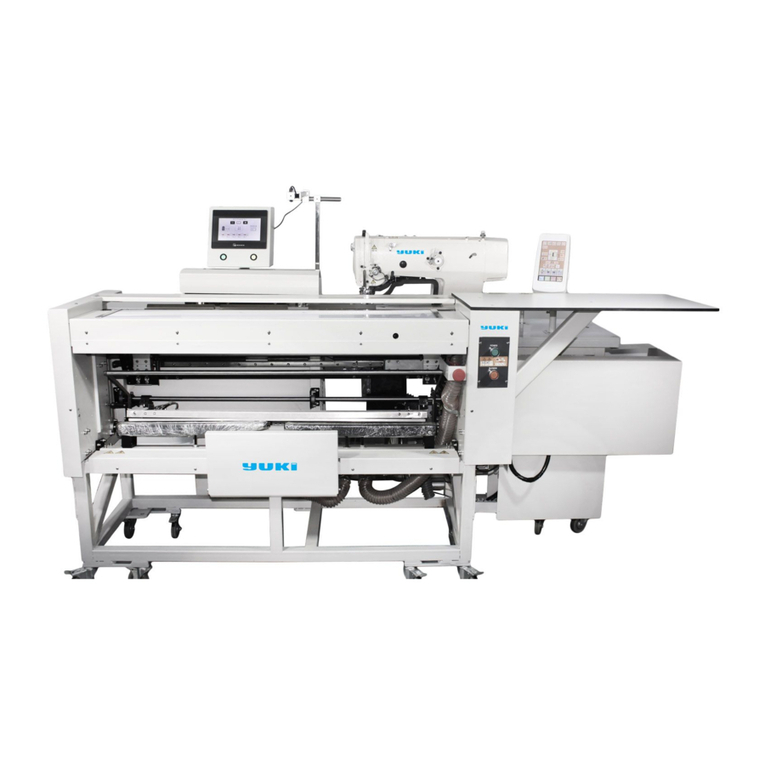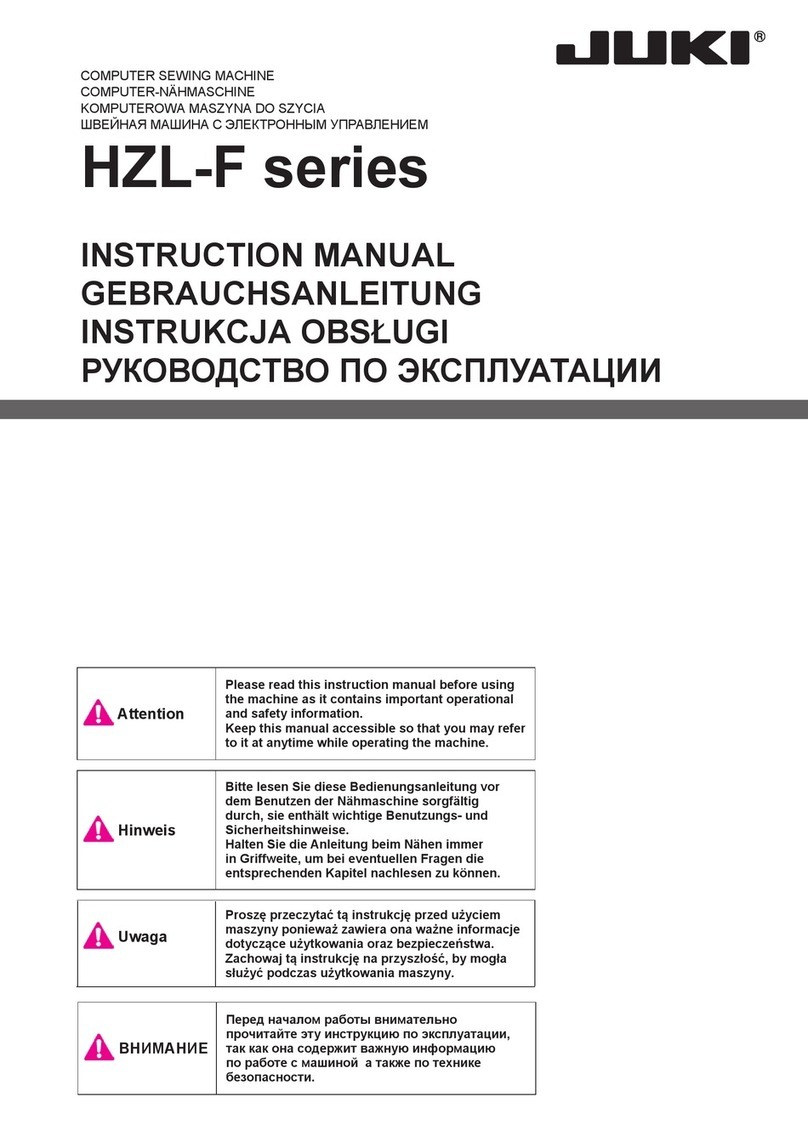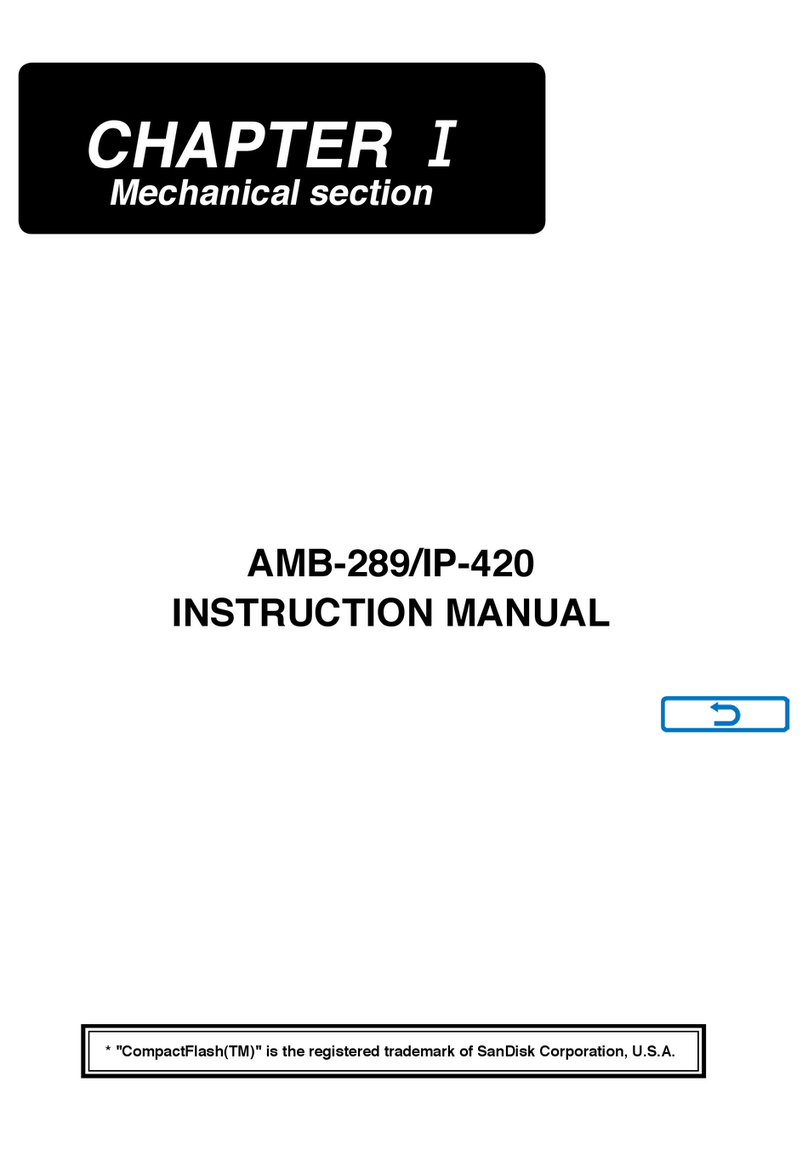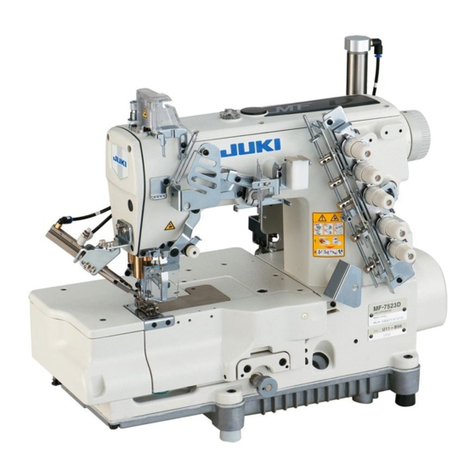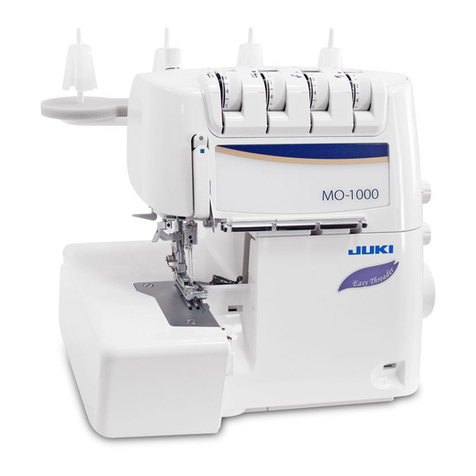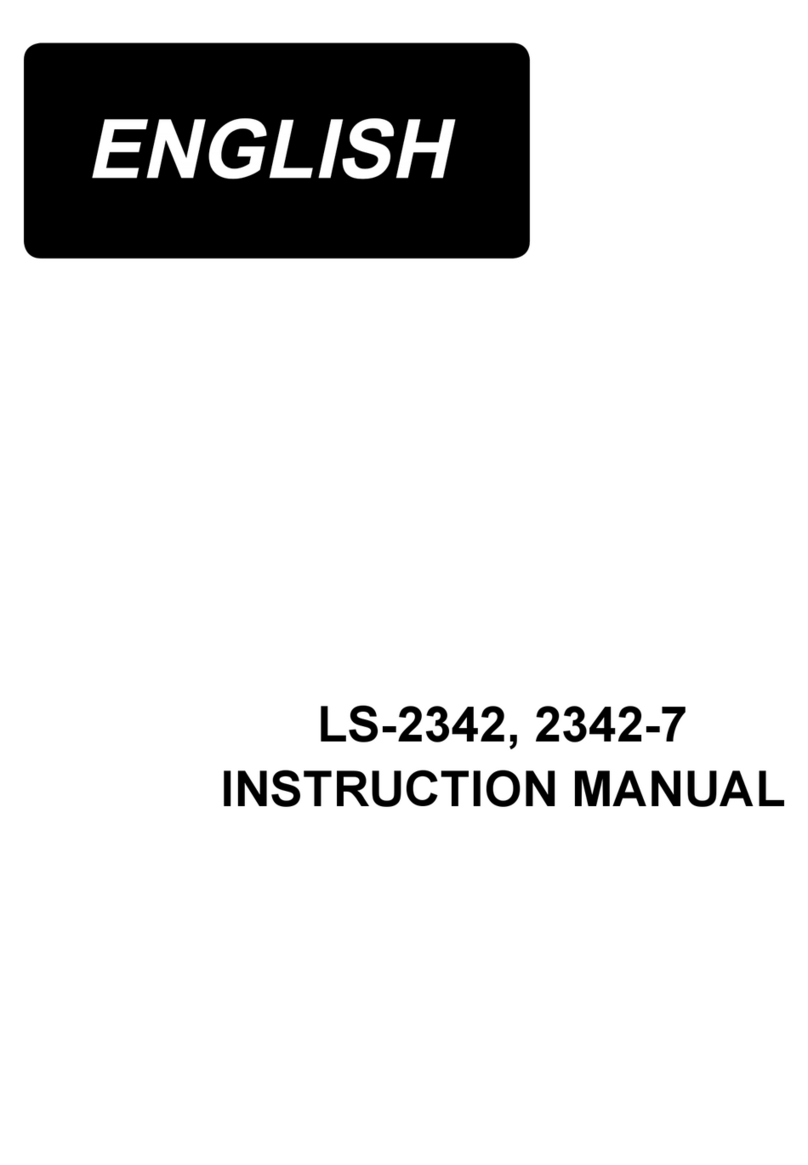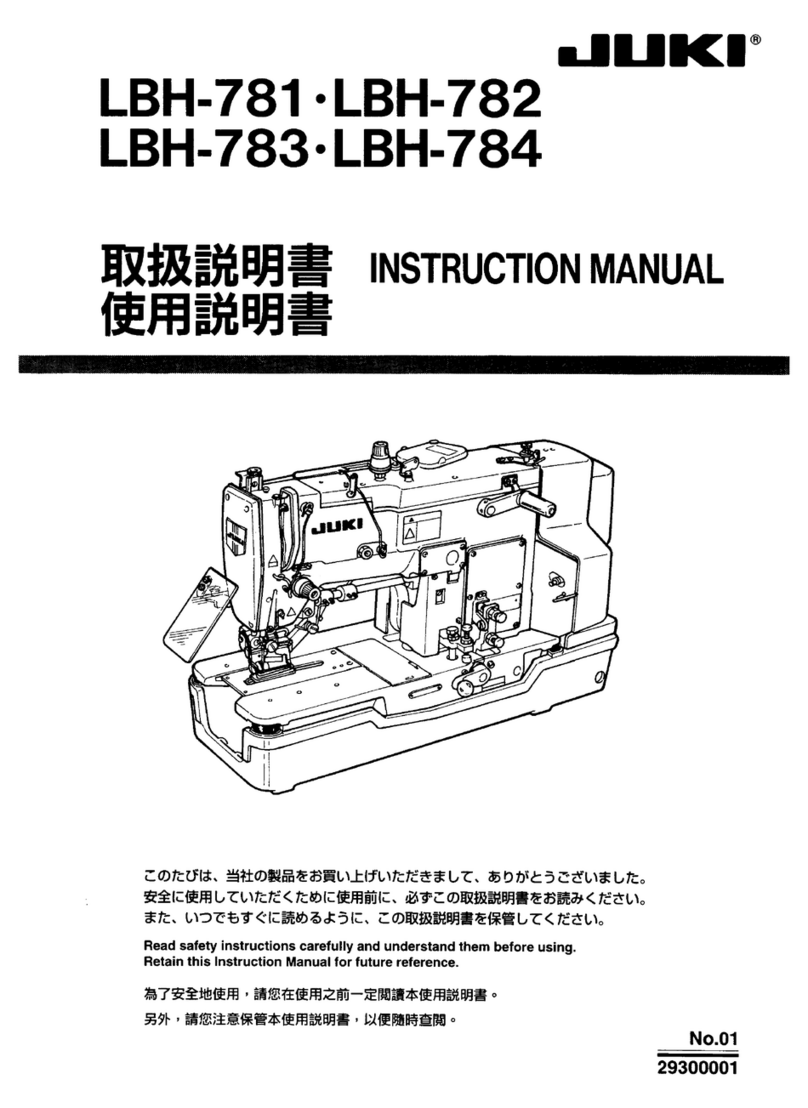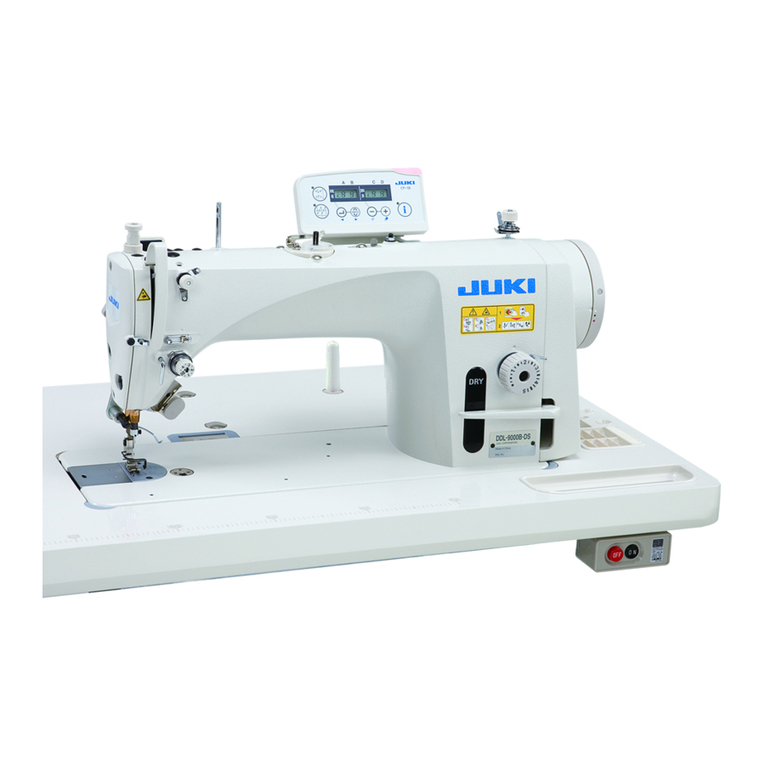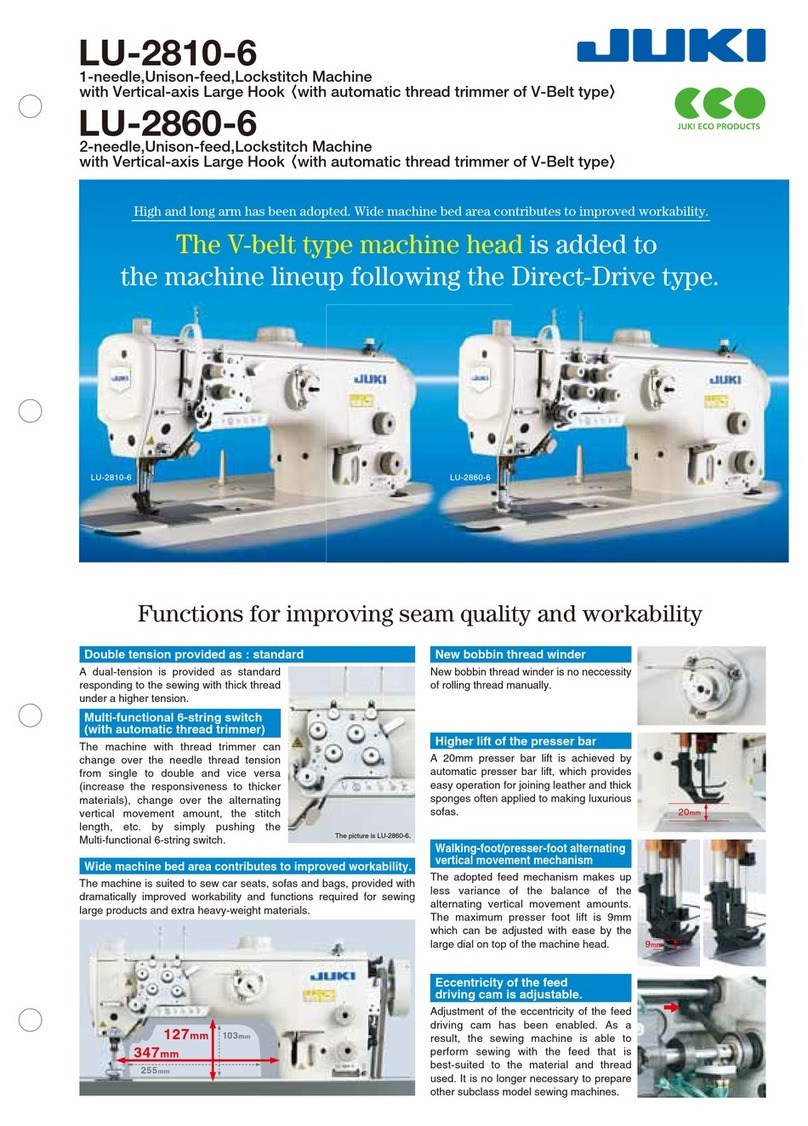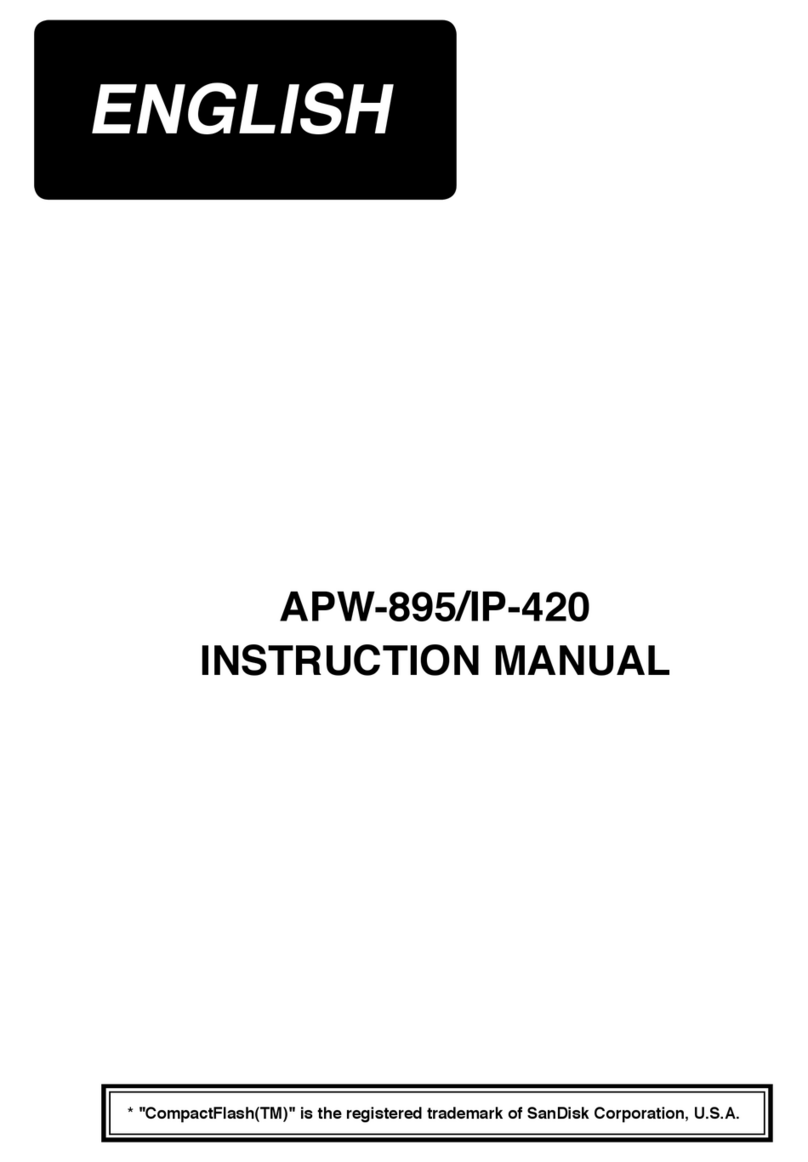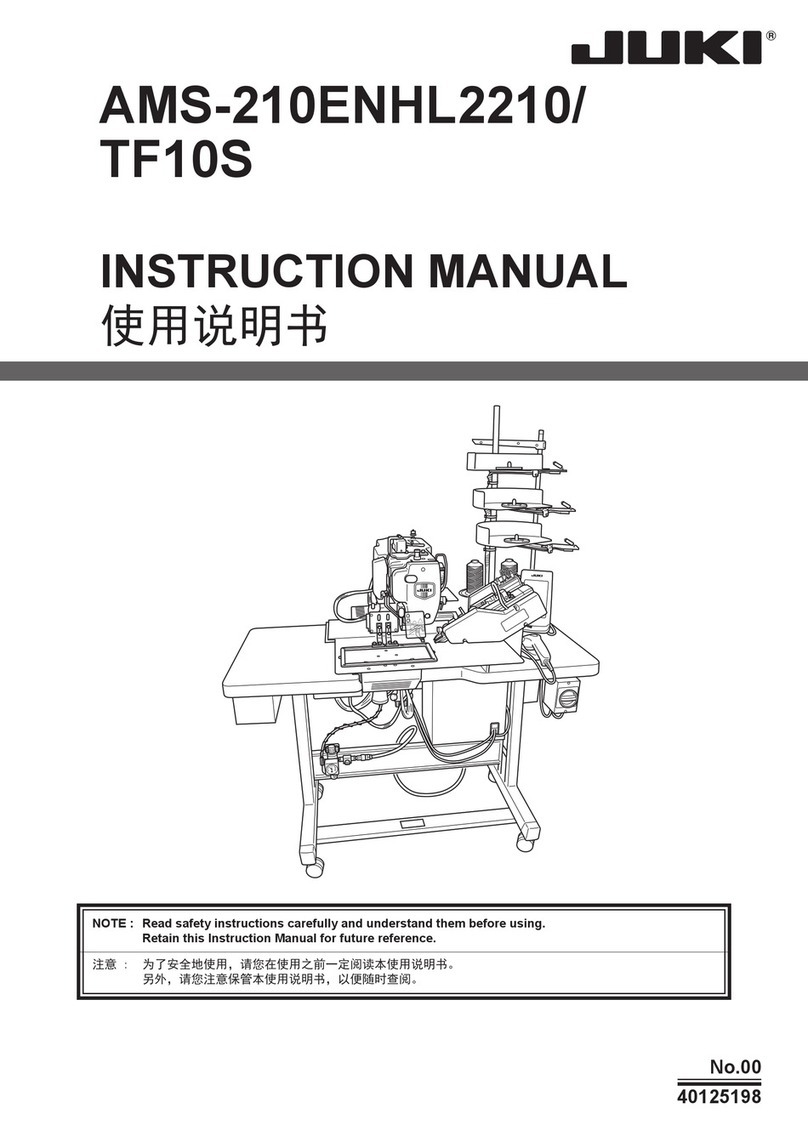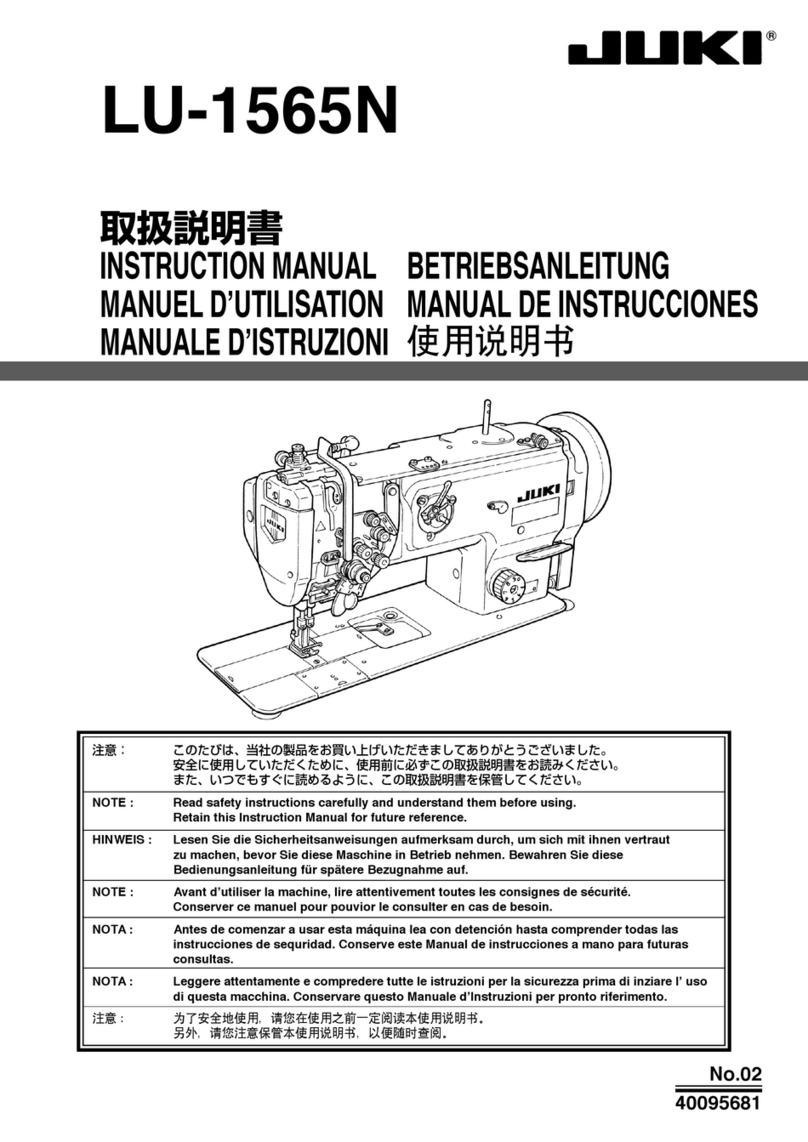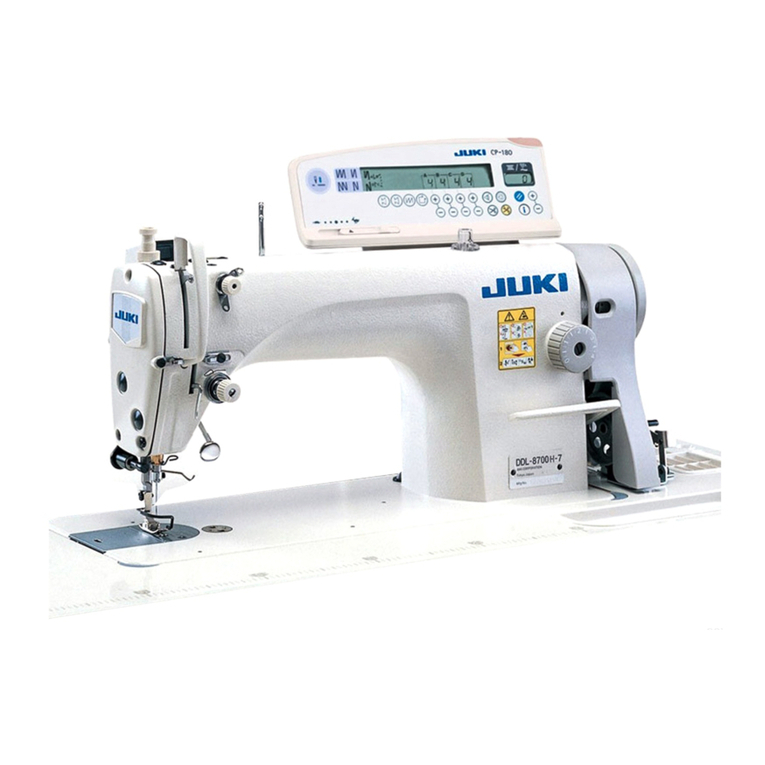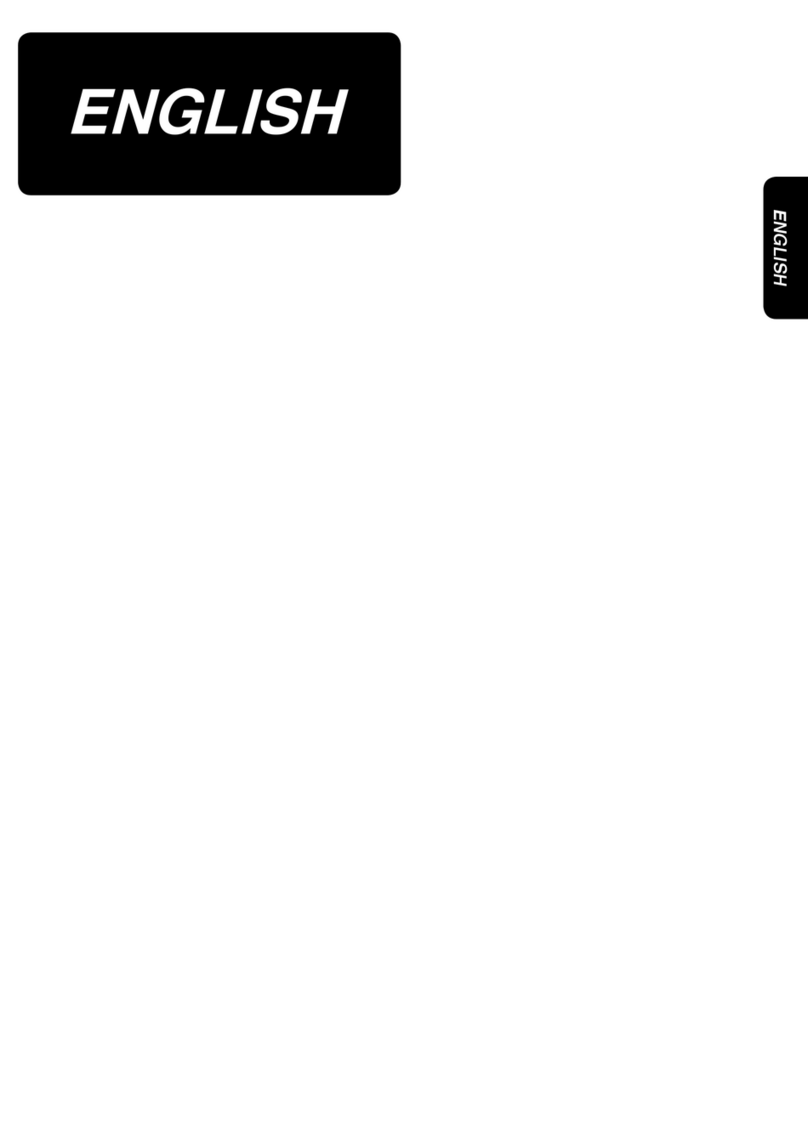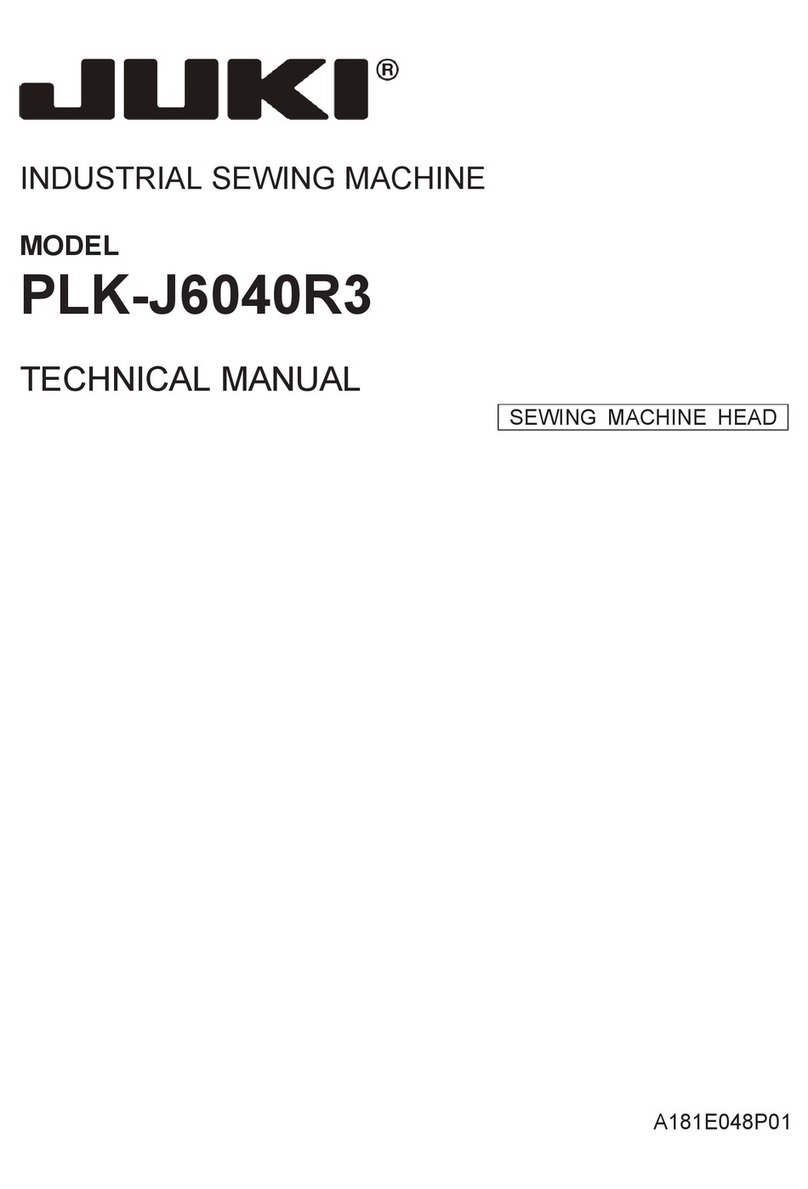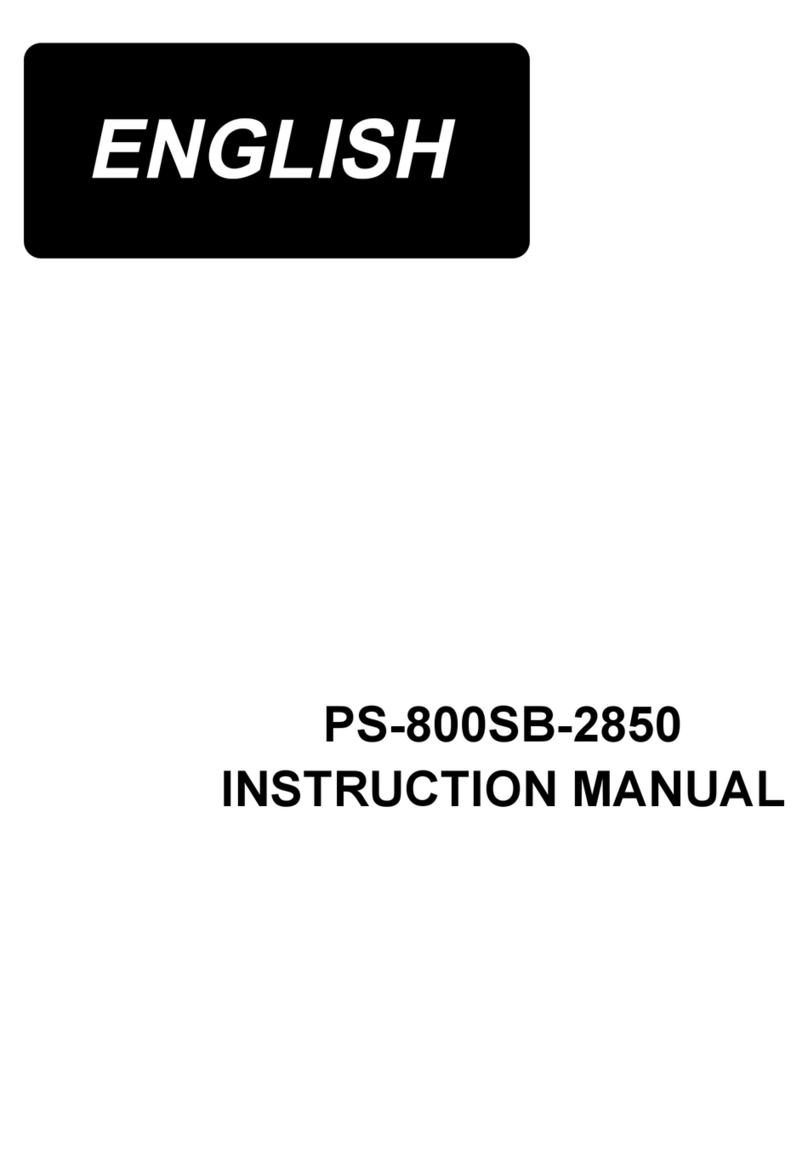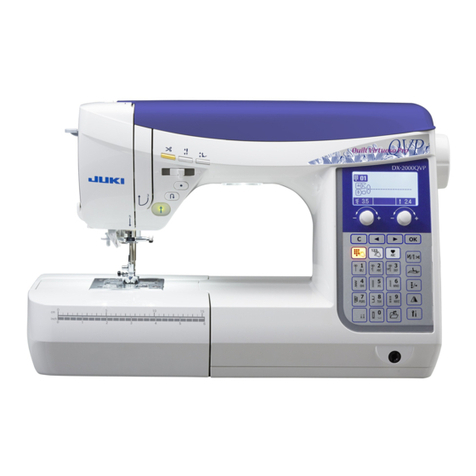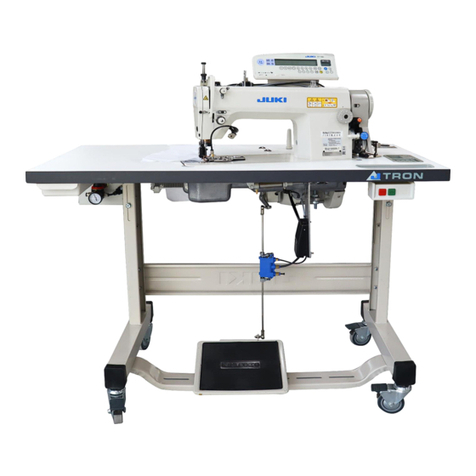CONTENTS
1. SPECIFICATIONS ............................................................................................. 1
(1) MO-6700S SERIES ........................................................................................................... 1
(2) MO-6900S SERIES ........................................................................................................... 2
(3) MO-6900G SERIES........................................................................................................... 3
(4) MO-6900R SERIES........................................................................................................... 4
(5) MO-6900J SERIES............................................................................................................ 5
2. MODEL NUMBERING SYSTEM ....................................................................... 6
3. STANDARD ADJUSTMENT ............................................................................. 8
(1) Adjusting the needle height............................................................................................ 8
(2) Positioning the throat plate ............................................................................................ 8
(3) Installing position of the needle clamp ....................................................................... 10
(4) Adjusting the length of the lower looper holder
(Applicable only to MO-6 16S / MO-6916R, G, J series)........................................... 10
(5) Adjusting the lower looper ........................................................................................... 12
1) Returning amount of the lower looper .................................................................................................... 12
2) Clearance between the lower looper and the needle ............................................................................. 12
(6) Position of the upper looper guide .............................................................................. 14
(7) Positioning the upper looper holder............................................................................ 16
(8) Positioning the upper looper........................................................................................ 18
1) Height of the upper looper ...................................................................................................................... 18
2) Longitudinal position of the upper looper................................................................................................ 18
(9) Adjusting the double chain looper
(Applicable only to MO-6 16S/MO-6916R, G, J series) .............................................. 20
1) Returning amount of the double chain looper......................................................................................... 20
2) Longitudinal motion (Avoid motion) ........................................................................................................ 20
3) Clearance between the double chain looper and the needle ................................................................. 20
(10) Adjusting the height and clearance of the needle guard......................................... 22
1) For 1-needle or 2-needle overlock machine ........................................................................................... 22
2) For safely stitch machine ........................................................................................................................ 22
(11) Adjusting the height of the feed dog ......................................................................... 24
(12) Adjusting the tillt of the feed dog............................................................................... 24
(13) Adjusting the differential feed ratio ........................................................................... 26
(14) Longitudinal position of the feed dog ....................................................................... 26
(15) Adjusting the presser foot.......................................................................................... 28
1) Adjusting the tilt of the presser foot ........................................................................................................ 28
2) Adjusting the micro-lifting mechanism of the presser foot ...................................................................... 28
(16) Positioning the upper knife arm shaft ....................................................................... 30
(17) Positioning the upper and lower knives, and available overedge widths.............. 30
1) Lower knife ............................................................................................................................................. 30
2) Upper knife ............................................................................................................................................. 30
3) Overdging width...................................................................................................................................... 30
(18) Resharpening of the knife .......................................................................................... 32
(19) Position of the thread cam (Applicable only to MO-6 16 series)........................ 32
1) Adjustment of the thread cam................................................................................................................. 32
2) Adjusting looper thread cam thread guides A and B and the looper thread cam nail............................. 32
